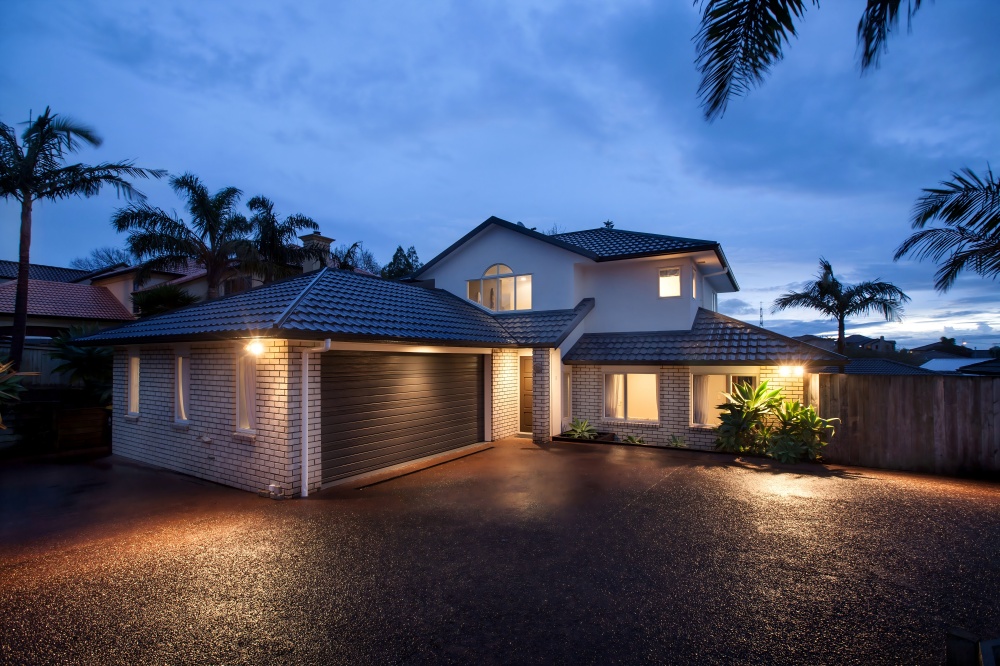China's household storage product shipments account for 70% of the world's total! Large-capacity energy storage batteries penetrate the market.
The latest statistics show that the global household energy storage market driven by energy storage batteries has grown against the trend, with shipments reaching 27.8GWh in 2024, a year-on-year increase of 19%. Among them, Chinese companies contributed 21GWh of shipments, accounting for as high as 75%, with leading companies such as Huawei, BYD, and Aero Energy leading the world. Although demand in Europe has slowed down due to the decline in electricity prices, a new round of energy storage battery procurement boom has emerged in Central and Eastern Europe, the United Kingdom and war-torn regions due to the energy security crisis. Industry experts pointed out that when traditional power grids in conflict areas are paralyzed, household storage systems equipped with lithium iron phosphate batteries (such as products that support 72 hours of off-grid power supply and wide temperature range operation) have become the "lifeline" to protect people's livelihood, and the turbulent situation in the Middle East may further stimulate the demand for such energy storage batteries.
The market recovery signal is obvious: Deye Co., Ltd.'s net profit surged 65.3% in 2024, and Aero Energy's profit increased by 35% in Q1 2025. Its growth engine comes from the replenishment cycle after the consumption of inventory in Asia, Africa and Latin America and Europe. It is worth noting that despite the restrictions imposed by the United States on Chinese lithium batteries, the demand for household energy storage systems continues to rise due to the fragility of the power grid and frequent disasters. The IRA Act even includes independent energy storage systems in subsidies to stimulate local deployment.
Technological revolutions are breaking out simultaneously: large-capacity energy storage batteries above 300 ampere hours are accelerating their penetration into the household storage field! Following the popularization of 280 ampere-hour batteries, 314 ampere-hour and above products are rapidly switching, and the energy density of energy storage cabinets has increased, promoting system design innovation. The modular high-voltage architecture relies on large-capacity batteries to reduce the number of series and parallel connections, which not only improves the consistency of the energy storage system but also reduces costs. If this type of energy storage battery has fast charging characteristics, it can efficiently achieve "peak shaving and valley filling" of household electricity bills, and link photovoltaic equipment to store redundant power. More importantly, large-capacity energy storage batteries can support the continuous operation of air conditioners, refrigerators and other household appliances for several days, solving the problem of power outages caused by disasters.
However, challenges still exist - the risk of thermal runaway of large-capacity energy storage batteries is simultaneously amplified, forcing manufacturers to strengthen the safety of lithium iron phosphate batteries (such as nano-level material modification) and the coordinated protection of the BMS of the energy storage system. Currently, Jieneng Home Storage and Kele New Energy have launched 300 ampere-hour household storage products. In the future, energy storage batteries with "high safety, high energy, and fast response" will reshape the home energy network, especially providing autonomous energy storage system solutions for remote and crisis areas.
The market recovery signal is obvious: Deye Co., Ltd.'s net profit surged 65.3% in 2024, and Aero Energy's profit increased by 35% in Q1 2025. Its growth engine comes from the replenishment cycle after the consumption of inventory in Asia, Africa and Latin America and Europe. It is worth noting that despite the restrictions imposed by the United States on Chinese lithium batteries, the demand for household energy storage systems continues to rise due to the fragility of the power grid and frequent disasters. The IRA Act even includes independent energy storage systems in subsidies to stimulate local deployment.
Technological revolutions are breaking out simultaneously: large-capacity energy storage batteries above 300 ampere hours are accelerating their penetration into the household storage field! Following the popularization of 280 ampere-hour batteries, 314 ampere-hour and above products are rapidly switching, and the energy density of energy storage cabinets has increased, promoting system design innovation. The modular high-voltage architecture relies on large-capacity batteries to reduce the number of series and parallel connections, which not only improves the consistency of the energy storage system but also reduces costs. If this type of energy storage battery has fast charging characteristics, it can efficiently achieve "peak shaving and valley filling" of household electricity bills, and link photovoltaic equipment to store redundant power. More importantly, large-capacity energy storage batteries can support the continuous operation of air conditioners, refrigerators and other household appliances for several days, solving the problem of power outages caused by disasters.
However, challenges still exist - the risk of thermal runaway of large-capacity energy storage batteries is simultaneously amplified, forcing manufacturers to strengthen the safety of lithium iron phosphate batteries (such as nano-level material modification) and the coordinated protection of the BMS of the energy storage system. Currently, Jieneng Home Storage and Kele New Energy have launched 300 ampere-hour household storage products. In the future, energy storage batteries with "high safety, high energy, and fast response" will reshape the home energy network, especially providing autonomous energy storage system solutions for remote and crisis areas.
 +86 13332949210
+86 13332949210 info@xihobattery.com
info@xihobattery.com







 Xiho
Xiho Jun 23 2025
Jun 23 2025











